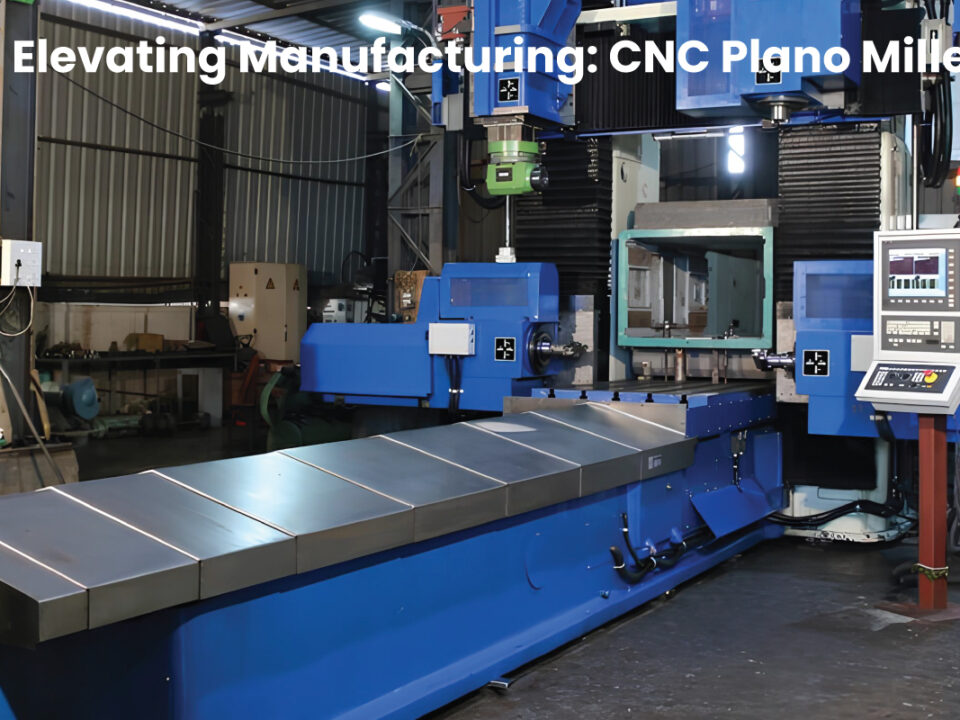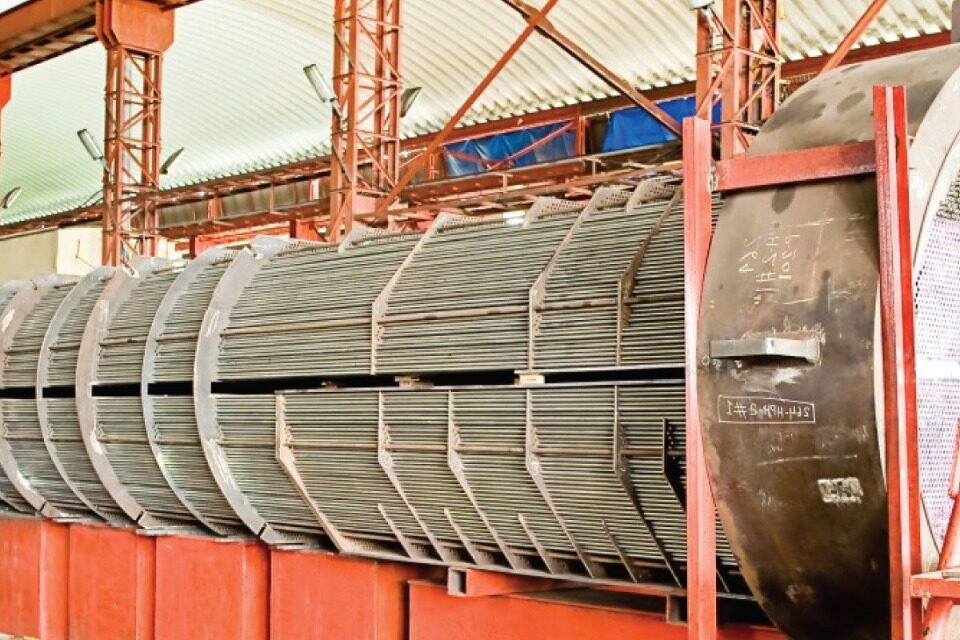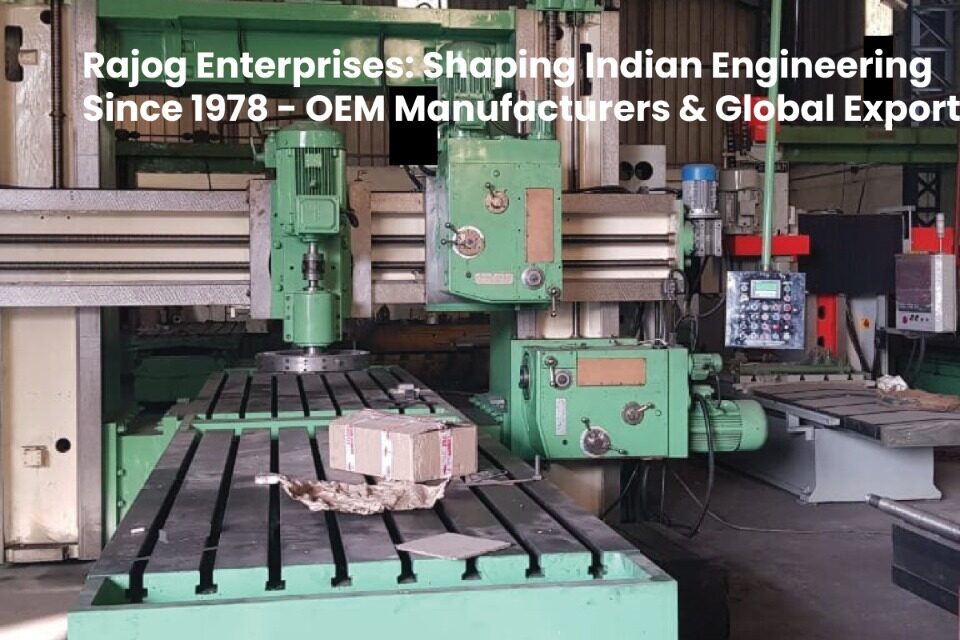Types of Heat Exchangers used in the Offshore Industry
In the offshore industry, where harsh environments and demanding conditions prevail, the efficient exchange of heat is critical for various operations. Heat exchangers play a vital role in this domain, facilitating the transfer of heat between two or more fluids while keeping them separate. At Rajog Enterprise, a third-generation family-run engineering firm, we specialize in providing custom fabrication solutions tailored to meet the diverse needs of offshore applications. Let’s delve into the various types of heat exchangers commonly used in the offshore industry and their unique features.
Shell and Tube Heat Exchangers: Robust and Versatile
Shell and tube heat exchangers are among the most common types used in the offshore industry due to their robust construction and versatility. They consist of a bundle of tubes housed within a shell, with one fluid flowing inside the tubes while the other flows around them. This design allows for efficient heat transfer and is well-suited for high-pressure and high-temperature applications commonly encountered offshore.
Plate Heat Exchangers: Compact and Efficient
Plate heat exchangers offer a compact and efficient solution for heat transfer in offshore environments. They consist of multiple thin plates with gasketed or brazed connections, allowing for the exchange of heat between fluids with minimal space requirements. Plate heat exchangers are known for their excellent thermal efficiency and are often used in applications where space is limited, such as offshore platforms and vessels.
Air Cooled Heat Exchangers: Ideal for Onshore Applications
Air-cooled heat exchangers are commonly used in onshore facilities associated with offshore operations, such as refineries and processing plants. These exchangers use ambient air to dissipate heat from process fluids, eliminating the need for water as a cooling medium. Air cooled heat exchangers are well-suited for applications where water availability is limited or where environmental regulations restrict the use of water-cooled systems.
Finned Tube Heat Exchangers: Enhanced Heat Transfer Efficiency
Finned tube heat exchangers are designed to enhance heat transfer efficiency by increasing the surface area available for heat exchange. They consist of tubes with fins attached to the outer surface, which helps improve heat transfer rates between the fluid inside the tubes and the surrounding environment. Finned tube heat exchangers are commonly used in applications where high heat transfer rates are required, such as in offshore processing units and heat recovery systems.
Double Pipe Heat Exchangers: Simple and Reliable
Double pipe heat exchangers are among the simplest and most reliable types of heat exchangers used in the offshore industry. They consist of two concentric pipes, with one fluid flowing inside the inner pipe and the other flowing in the annular space between the inner and outer pipes. Double pipe heat exchangers are known for their compact design and ease of maintenance, making them ideal for offshore applications where space is limited and reliability is paramount.
Plate and Shell Heat Exchangers: Combining the Best of Both Worlds
Plate and shell heat exchangers offer a hybrid design that combines the advantages of plate and shell heat exchangers. They consist of a shell with a bundle of plates inside, providing efficient heat transfer in a compact footprint. Plate and shell heat exchangers are suitable for a wide range of offshore applications, offering enhanced thermal performance and space-saving benefits.
Conclusion
In conclusion, the offshore industry relies on a variety of heat exchanger types to meet its diverse heat transfer needs. From robust shell and tube exchangers to compact plate heat exchangers and innovative plate and shell designs, each type offers unique advantages for offshore applications. At Rajog Enterprise, we specialize in providing custom fabrication solutions tailored to meet the specific requirements of offshore projects, ensuring efficient and reliable heat transfer operations in the harshest of environments.





